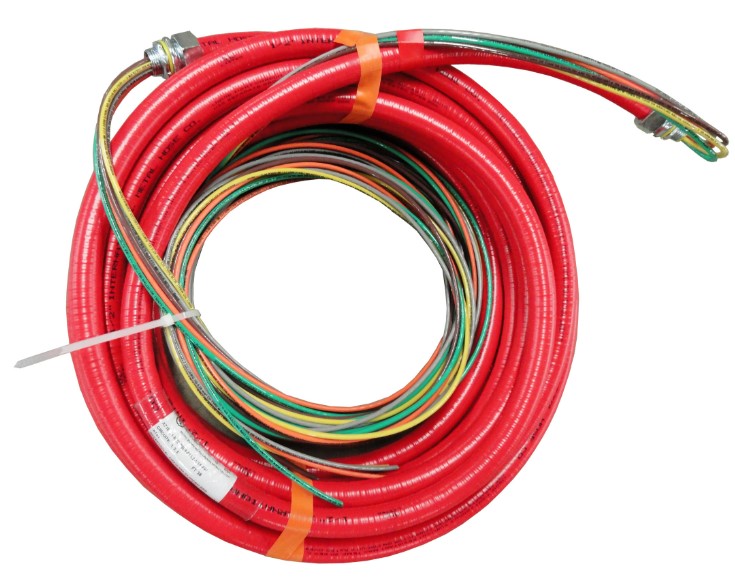Feeder Cable: What It Is and How It Works in Telecommunications
Feeder cable is a crucial component of telecommunications networks, providing high-capacity data transfer and supporting a wide range of applications. In this article, learn about feeder cable, its uses, and how it works.
Table of Contents:
I. Introduction
- What is Feeder Cable?
- Why is Feeder Cable Used in Telecommunications?
- How Does Feeder Cable Work?
II. Types of Feeder Cable
- Coaxial Cable
- Fiber Optic Cable
- Waveguide
III. Applications of Feeder Cable
- Television Broadcasting
- Cellular Networks
- Satellite Communications
- Public Safety Networks
IV. Installation and Maintenance of Feeder Cable
- Installation Techniques
- Preventative Maintenance
- Troubleshooting and Repair
V. Conclusion
- The Importance of Feeder Cable in Telecommunications

I. Introduction
Feeder cable is an essential component of many telecommunications networks, providing high-capacity data transfer and supporting a wide range of applications. In this article, we’ll explore the basics of feeder cable, the different types available, and examples of where it’s used.
II. Types of Feeder Cable:
The most common types of feeder cable used in telecommunications are:
-
Coaxial Cable:
Coaxial cable is used in a variety of applications, including cable television, high-speed internet, and satellite communications. It’s made up of a copper core, insulating dielectric material, and braided shielding. -
Fiber Optic Cable:
Fiber optic cable is used for high-speed internet, video, and data transfer. It uses thin glass fibers to transmit data via light signals. -
Waveguide:
Waveguide is used for microwave frequency transmission and has a higher capacity for data transfer compared to standard copper wire cable.
III. Applications of Feeder Cable:
Feeder cable has a variety of applications in various fields, including:
-
Television Broadcasting:
Feeder cable is used to transmit TV signals from broadcast antennas to television stations and transmitting towers. -
Cellular Networks:
Cellular networks use feeder cable to transmit data between base stations and to connect different nodes in the network. -
Satellite Communications:
Feeder cable connects satellite dishes and antennas to broadcasting equipment. -
Public Safety Networks:
Feeder cable is used in the communication network that public safety services use to coordinate emergencies and disasters.
III. Installation and Maintenance of Feeder Cable:
Feeder cable installation and maintenance should only be carried out by qualified professionals. Overall, here’s what you need to know:
-
Installation Techniques:
Proper installation techniques include properly mounting the cable, using appropriate connectors, ensuring weatherproofing, and using an appropriate pathway. -
Preventative Maintenance:
Regular maintenance checks should include visual inspections, cable testing, and carefully monitoring the cable’s performance. -
Troubleshooting and Repair:
Proper troubleshooting and repair techniques help to fix any issues that plague feeder cable, such as damaged connector fittings or cutting of the cable, among others.
IV. Conclusion:
Feeder cable is an essential and often overlooked component in telecommunications networks. Proper installation, regular maintenance, and troubleshooting are critical to maintaining optimal feeder cable performance. With the basics of feeder cable covered in this guide, you can better understand the important role it plays in advanced telecommunications networks.

 Mobile Signal Booster
Mobile Signal Booster